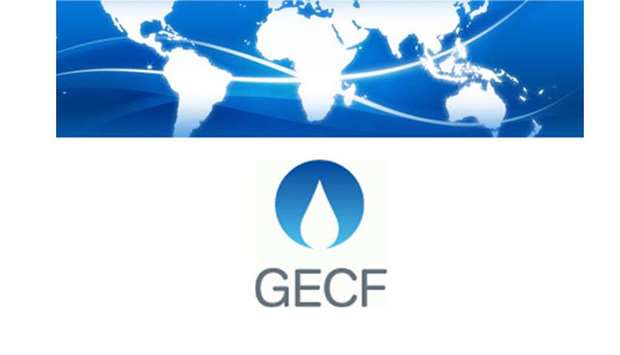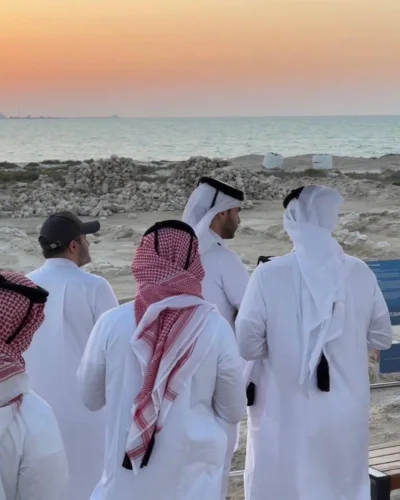During the GECF outlook (2017- 2040) period, the region will witness growth in pipeline exports, by a rate of 2.8% a year, GECF said.
Besides Qatar, the expansion in pipeline gas exports will benefit Iran and Iraq,
Total pipeline exports from GECF members will increase over the outlook period, while GECF observers’ pipeline exports will decline, the report noted.
Pipelines will remain the dominant vehicle for natural gas trade over the outlook period, with usage increasing by a compounded average annual growth rate (CAAGR) of around 1.6% to more than 830 bcm per year by 2040.
Pipeline trade volumes are very dependent on bilateral long-term negotiations. In most countries, pipeline infrastructure is owned by state-run companies, and geopolitical issues can have a significant impact on the development of infrastructure and contractual negotiations concerning investments in pipeline trade, the GECF said.
Currently, the share held by the Commonwealth of Independent States (CIS) of total pipeline exports is 50%. In other words, half of the gas received through pipelines and consumed in a country other than where it was produced, is output from the CIS region.
This share will grow to 69% by 2040. Developing pipeline infrastructure from the CIS region to two important demand nodes (Europe and China/India) is the main reason for this increase.
Among importing regions, OECD (Organisation for Economic Co-operation and Development) Europe is the largest destination for pipeline gas and it will retain this position over the outlook period.
However, the region’s share will decline from more than 65% in 2016 to 58% in 2040. This decline stems from the fact that other regions are emerging, accounting for significant market shares of pipeline exports. Furthermore, increasing volumes of liquefied natural gas (LNG) are being introduced to meet European demand.
The GECF countries will maintain their role in the global gas trade over the outlook horizon, the report said. In the medium-term, a slight decline can be observed in the market share of the GECF countries in terms of total export volume, which can be attributed to the export boom in Australia and the US.
However, the GECF’s share will recover to around 68% by the mid-2020s and will settle at 65% in 2040. This means that, in 2040, 65% of natural gas consumed in countries, which are not gas-producers, will be the output of the GECF Countries.
More than 78% of total gas imports in 2040 will be accounted for by Europe and Asia, with only 11% of imported gas flows heading to countries in North America and Latin America.
In the Middle East, an increase from current volumes will be observed, from 26bcm today to around 50bcm by 2040, the GECF said.

Total pipeline exports from GECF members will increase over the outlook period, while GECF observers’ pipeline exports will decline
Qatar will be among the major beneficiaries of pipeline gas exports in the Mideast region, whose combined output will reach 60 billion cubic metres (bcm) by 2040, the Doha-based Gas Exporting Countries Forum has said in a report.



